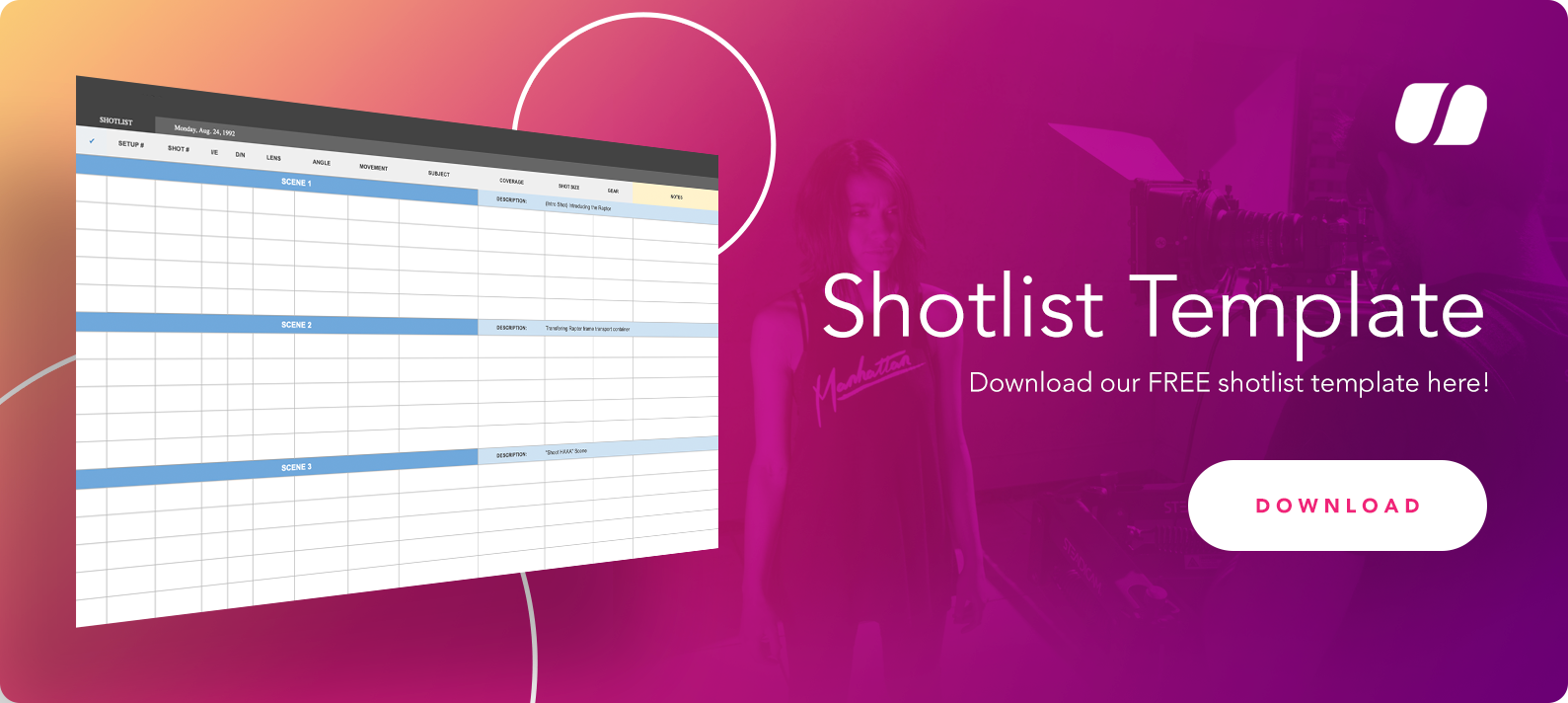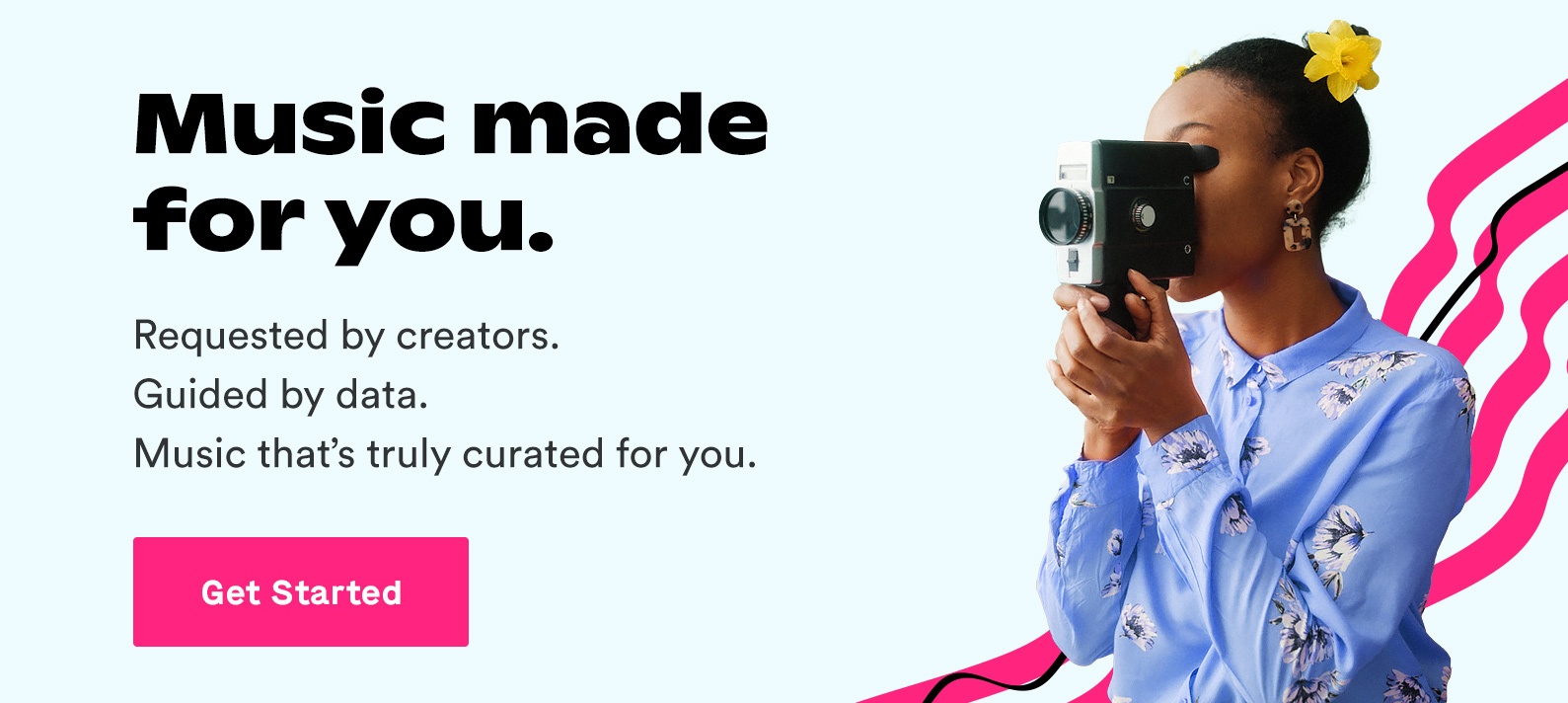A big part of improving as a filmmaker (or any other sort of creative) is to keep evolving. If you want to reach the next level, you need to stay on top of industry trends, push your own limits, and add some new skills to your arsenal.
But at a time when it’s gotten hard to find projects, that’s easier said than done. Still, it’s important to stay sharp as a creator. And one of the best, most convenient ways you can do that is to practice the basics of video editing. Maybe you'll work on your demo reel to make it as polished as possible. Or maybe you'll finally start that dream project you've always thought about to try some new techniques.
In this post, I’ll suggest 5 ways to get video editing practice. And these are things that will help filmmakers of all levels and types, whether you run a creative agency or just started a YouTube channel last week.
(But hey, at least this kind of practice is actually beneficial!)
Why Every Filmmaker Can Use Video Editing Practice
First of all, I get it. Nobody likes practice. That’s the elephant in the room, so let’s tackle it here.
The word “practice” gets a raw deal sometimes. We think about preseason training for [insert your sport here], or getting ready for band recitals. Most of us have an instinctive dislike for practice when we could be, you know, out doing the thing we care about.
But the truth is the repetition is a necessary part of mastering any skill. That’s especially true about creative industries like filmmaking, where people literally invent new editing techniques or lighting tricks every single day.
In other words, if you aren’t keeping up with trends and picking up new ideas, you’re running the risk of falling behind. That makes video editing practice important. Even if it doesn't become a daily or weekly habit for you, having a sense of things you can do might just convince you to give one of these methods a shot.
I mean, what’s the worst that can happen? You only get a little better as a creator?
Method #1: Watch Tutorial Content
The easiest way to get video editing practice is by watching tutorials. If you’re not the sort of person who enjoys going through lessons on MasterClass, Skillshare, or Udemy, that’s fine — you don’t need a formal, lecture-style course to try new things.
But watching videos is the easiest and most accessible way to get practice. Maybe you subscribe to content creators on social media, channels like Peter McKinnon and Film Riot and Corridor Crew. (And if you aren’t already following other filmmakers, you should!)
Most successful creators also include content that shows how they do certain things, and these videos can be just as valuable — if not more valuable — than some sort of organized training course. You’ll see an established filmmaker in action, and that adds even more value to the types of things they do.
And hey, in addition to giving you something to practice, this type of content can also be entertaining and inspiring. Even more reason to start doing this on the regular.
Method #2: Become A Copycat
In some cases, it’s not enough to just watch how someone does something. Putting what you learn into practice takes something interesting and makes it practical — that’s how you internalize the information so you can start using it in your own video projects.
You can also apply this method to things besides tutorial content. Maybe you saw a transition or visual effect in a TV episode or a film, something incredible that you still think about to this day.
Could you recreate it?
That’s the kind of mentality that separates good filmmakers from great ones. And even if you can’t perfectly pull it off, chances are that you’ll discover something else along the way, something you can add to your set of tools and tricks moving forward.
Method #3: Re-edit Your Favorite Projects
Earlier in this post, I mentioned how creative industries are constantly evolving. On one hand, that can seem scary — you don’t want to fall behind, miss new trends, etc.
But the other side of that coin is that you are a better filmmaker now than you were last year. And that gives you a library of old videos that you can go back and re-edit, using your new-and-improved skills.
Maybe you’ll add polish, or try new coloring ideas, or edit a documentary to feel like a Blair Witch Project-style experience. You can do whatever you want with the videos, and in most cases, other filmmakers will be interested to see (and learn from) the changes you make.
(If you’re new to video production, you might not have videos sitting around on a hard drive. If that’s the case, you can find a whole variety of stock video sites that will give you raw footage to experiment with.)
Method #4: Enter A Contest
Okay, this one might seem a little overwhelming. Filmmaking contests are highly competitive, and the same goes for ad contests or YouTube challenges.
But your goal here isn’t to beat the reigning champ and become a breakout sensation. The entire point is to use these contests as opportunities for video editing practice. Some have strict guidelines or required topics, and these creative “prompts” will force you to try new things.
...which, in turn, pushes you as a creator. And that’s really the entire point of practice. If what you’re doing is easy or tedious, then you aren’t developing at all — you’re just wasting time that you could have spent being productive in another way.
Method #5: Connect With Other Filmmakers
The majority of creative roles can feel like “lone wolf” gigs. If you’re a YouTuber, an indie filmmaker, or the only editor at an agency, you are all too familiar with the struggles of working on your own.
But you aren’t alone. There are millions of other filmmakers out there, and they’re dealing with the same obstacles and finding their own creative solutions. (We actually surveyed more than 1,000 creators to find out just what it’s like to be a filmmaker in 2020.)
Joining a network of content creators is more than just a way to make friends. You could connect with a Facebook group, a filmmaking subreddit, or a local film organization. Any of these things can become a way to learn about job opportunities, get new creative ideas, and collaborate on projects.
That turns into video editing practice in a few different ways. Obviously, hearing about new projects will lead to more videos. But the biggest takeaway is trading ideas and learning how other creators work — that’s a resource that can spark inspiration about new things to try.
Set Yourself Up For Success As A Creator
At the end of the day, the ideal video editing practice will be unique to you. But your goal should always be to look for new ways to improve your craft as a filmmaker.
That’s a driving force behind what we do at Soundstripe. We want to give creators the tools they need to produce better content, which is why we share resources like a shot list template and a storyboard template.
We know just how important it is to find inspiration and discover new filmmaking tricks. And video editing practice plays an important role in your journey as a creator.



